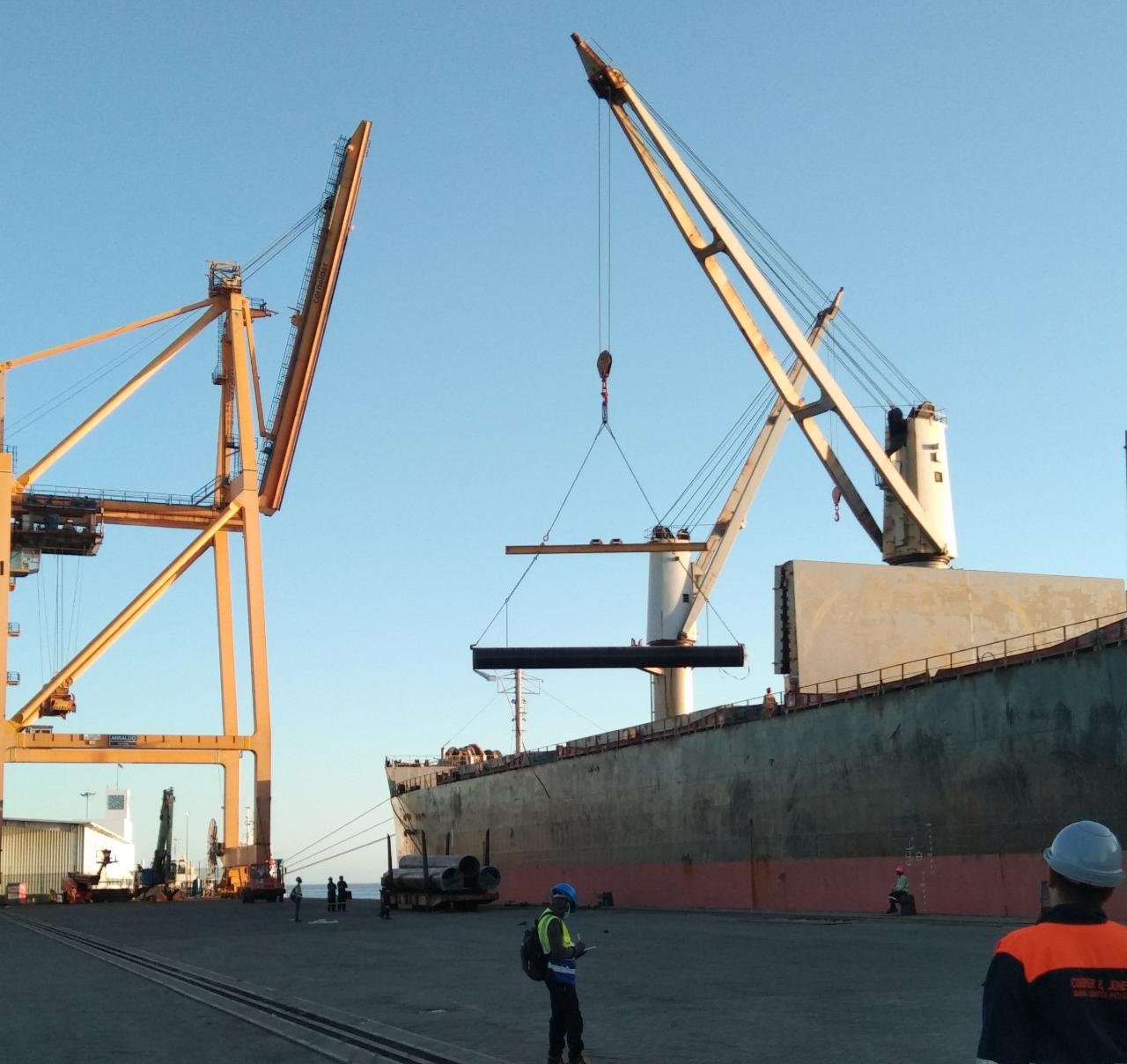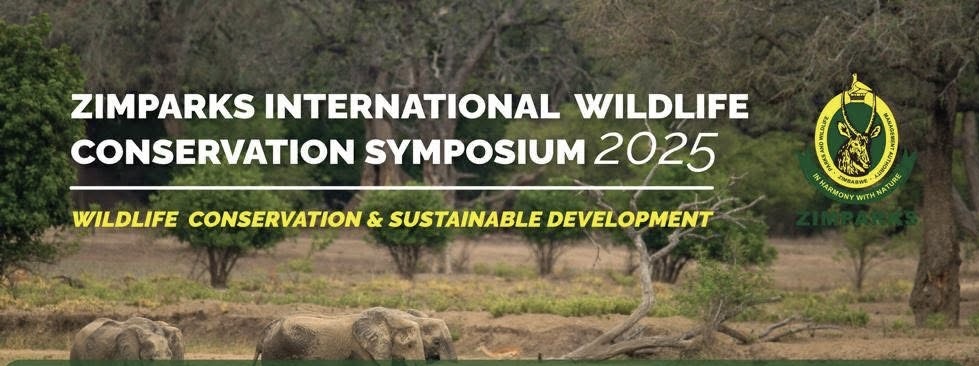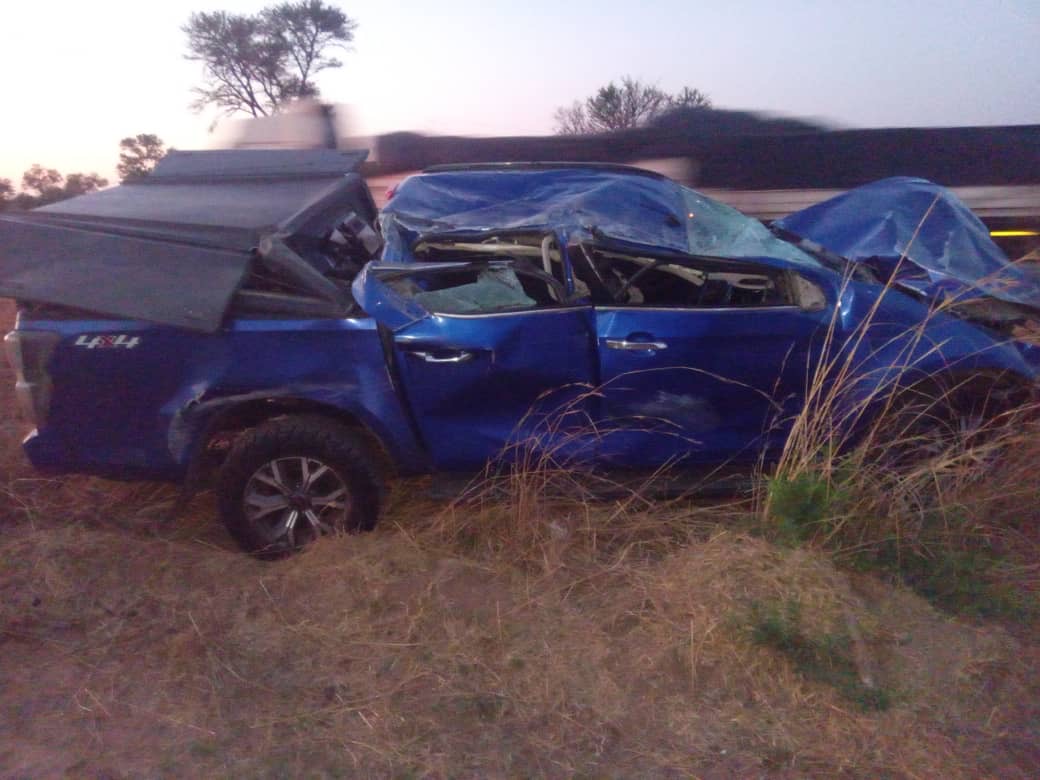BY BUSINESS REPORTER
Zimbabwe Power Company (ZPC) has started receiving various materials for the Deka project that will include the construction of a 42 kilometre water pipeline and the treatment of a water treatment plant in Hwange.
The Deka project that is funded through a US$48.1 million loan from India is being implemented alongside the Hwange Unit 7 and 8 expansion project, to augment supply of water at Hwange Power Station.
ZPC’s expansion of the Hwange thermal power station will see the coming on board of the two new units which will add 600 megawatts to the national grid.
The Deka project officially commenced October 1, 2021 and is expected to be completed by March 31, 2023.
“The project scope includes the construction of a new 42 km, 960mm diameter pipeline from Deka High Lift pump station to Hwange Power Station complete with independent cathodic protection, supply of spare pumps and motors, supply of spares for Deka Low lift and High Lift pump stations, new supervisory control and data acquisition system and field instruments, refurbishment of (the Zimbabwe National Water Authority (Zinwa) water treatment plant in Hwange, and provision of three tap off points for supply of raw water to the Deka community,” ZPC said in a statement on Wednesday.
“To this end, the first batch of 3 555 mild steel pipes which is currently being offloaded at the Beira port is expected to arrive in the country on the 8th of July 2022, while the first consignment of 30 trucks carrying the pipes to Hwange will be cleared at Forbes Border Post this week.

“This is another achievement which is expected to contribute immensely to the key aspirations of the National Development Strategy (NDS1) and Vision 2030, which is targeted to immensely contribute in achieving energy self-sufficiency.
“To date, a total of US$13.7 million has been invested in procuring local goods and services such as surveys, general civil works, inland transportation, pipe laying and jointing, and pipe hydro testing and commissioning, thus, enormously contributing towards socio – economic development.”
It added: “As part of our corporate social investment initiatives, we are cognisant of the need for access to water in the communities that we operate and to this end, there will be several water outlets along the pipeline for the provision of this basic need.
“Furthermore, we have a deliberate local empowerment strategy where the locals have been given first priority and employed for this and several ongoing projects to ensure that no-one and no place is left behind.
“ZPC is committed to energy self-sufficiency by the year 2030, and would like to thank all stakeholders for their sustained support and commitment in a bid to meet all the targets.”

 Slider3 years ago
Slider3 years ago
 National4 years ago
National4 years ago
 Tourism and Environment4 years ago
Tourism and Environment4 years ago
 Opinion4 years ago
Opinion4 years ago
 Special reports4 years ago
Special reports4 years ago
 National4 years ago
National4 years ago
 National3 years ago
National3 years ago
 National3 years ago
National3 years ago




